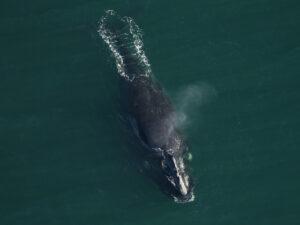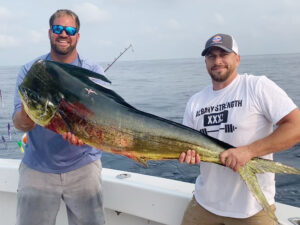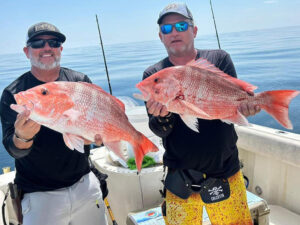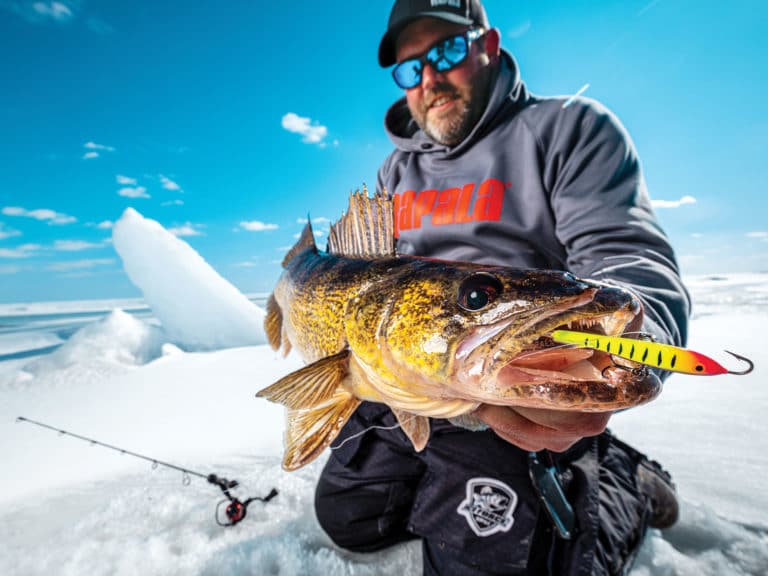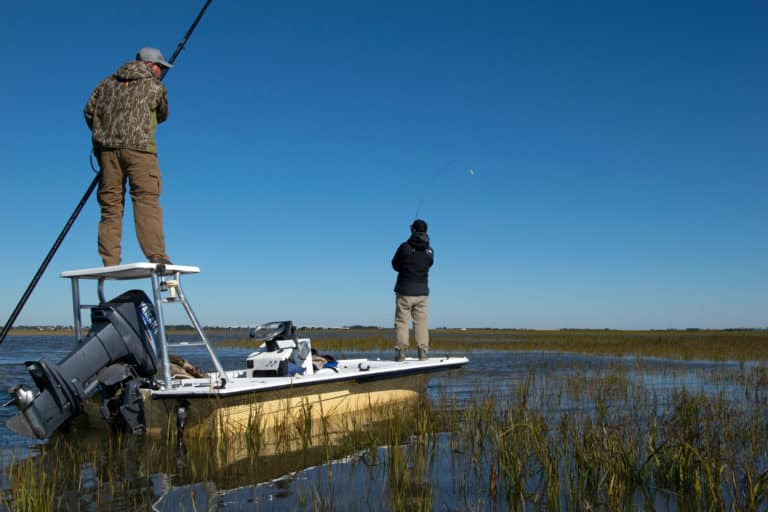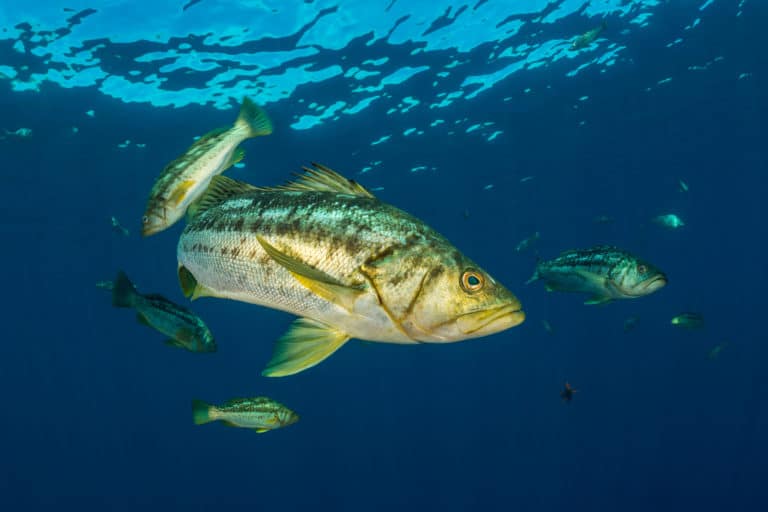Cobia are nearshore pelagics that roam the world’s oceans in tropical and warm-temperate waters.
Well, not quite.
They have always been strangely absent from one area: the eastern Pacific (notably the coasts of South and Central America).
But that’s about to change thanks to a jail break.
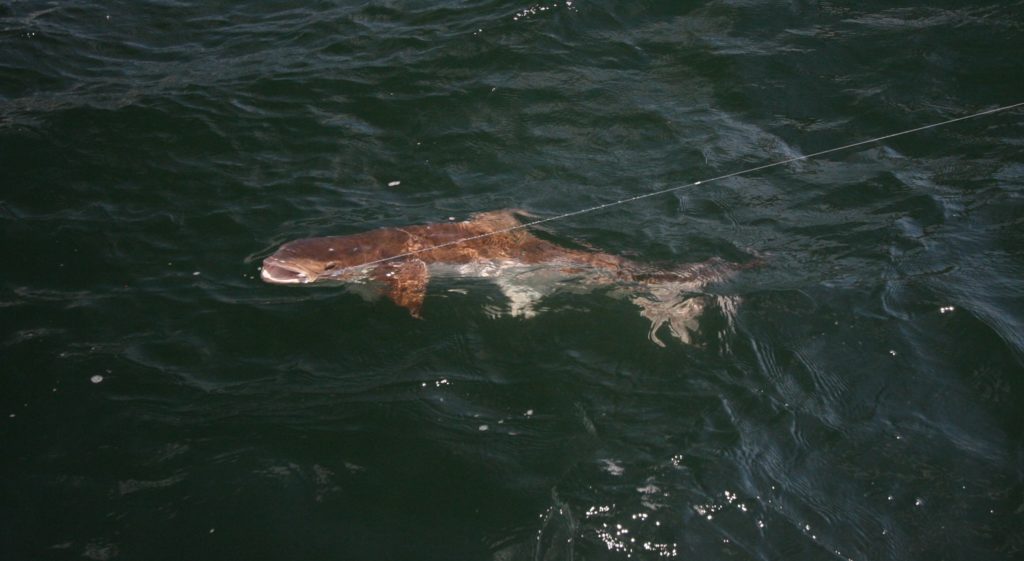
In this case, the “jail” was an aquaculture facility off the coast of Ecuador, says noted University of California Santa Barbara marine biologist Milton Love.
And we’re not talking about a few fish on the loose. Love — one of Sport Fishing‘s longtime “Fish Facts” experts — reports tens of thousands of escaped, nearly-mature cobia “are making their way north [from Ecuador] at a rate of about 200 miles per month.”
They’ve already been found near Panama, 600 or so miles north of their origin.
Love rates the odds of the cobia reproducing and spreading as far north as California at 50:50. If that happens, “the disturbance of biodiversity could be a major issue.” One possible scenario, he says, “is for these fish to become well established and start chomping down on native species.”
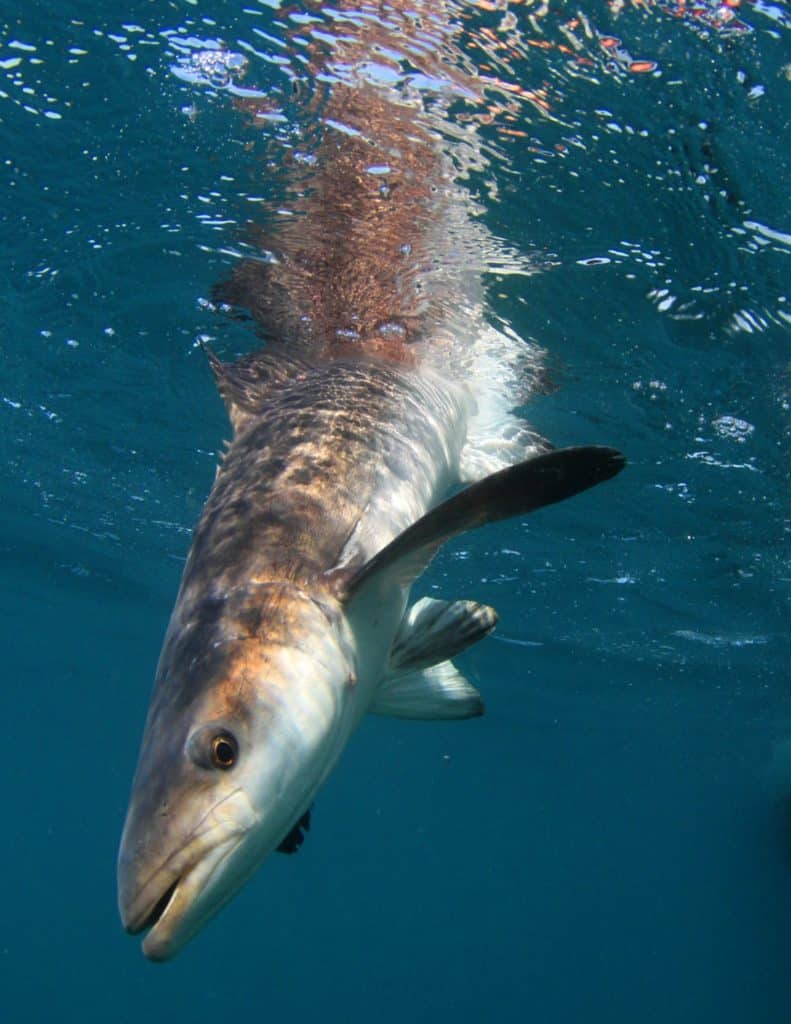
Certainly the amazingly fast growth rate of cobia is one factor in favor of the escapees. Also, they have a fairly wide temperature-tolerance level, preferring water 68 to 86 degrees fareneheit. If cobia made it to California, they’d likely be summer migrants as are yellowtail, with which — along with bonito and kelp bass — they’d compete. “They’d likely favor drifting kelp mats, oil platforms or piers,” he adds.
Love anticipates more species escaping from aquaculture pens into areas new to them as the importance of aquaculture in the world increases, and with laws remaining lax in some places.
He asks both recreational and commercial fishermen off Baja and California to let him know via email if they should catch a cobia — the lat/lon where caught, as well as the fish’s length and weight.
Visit Love’s unusual web site devoted to fishes of the Pacific Coast; you can find his authoritative books (the latest, Certainly More Than You Want to Know About the Fishes of the Pacific Coast) via Really Big Press or Amazon.

